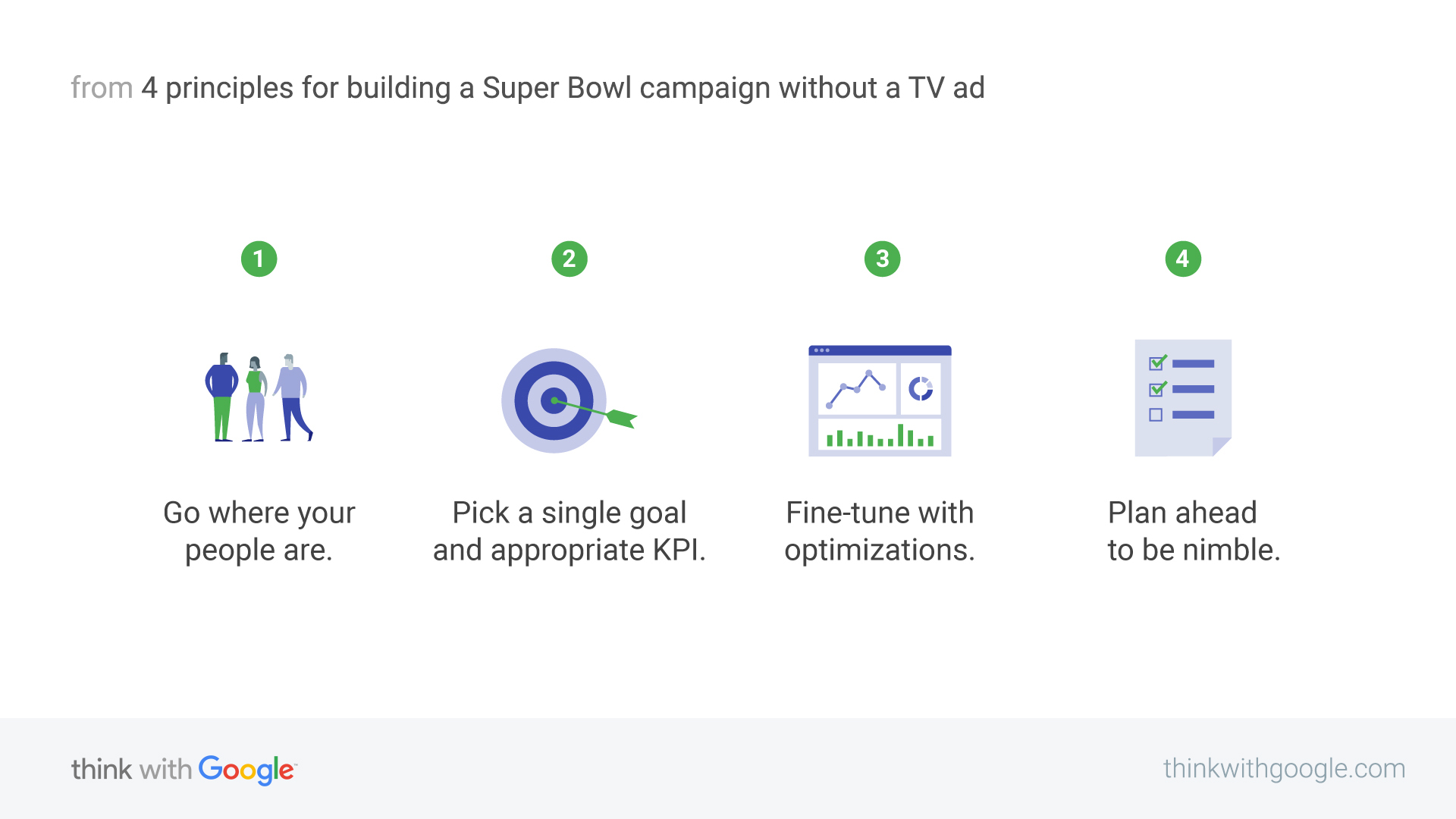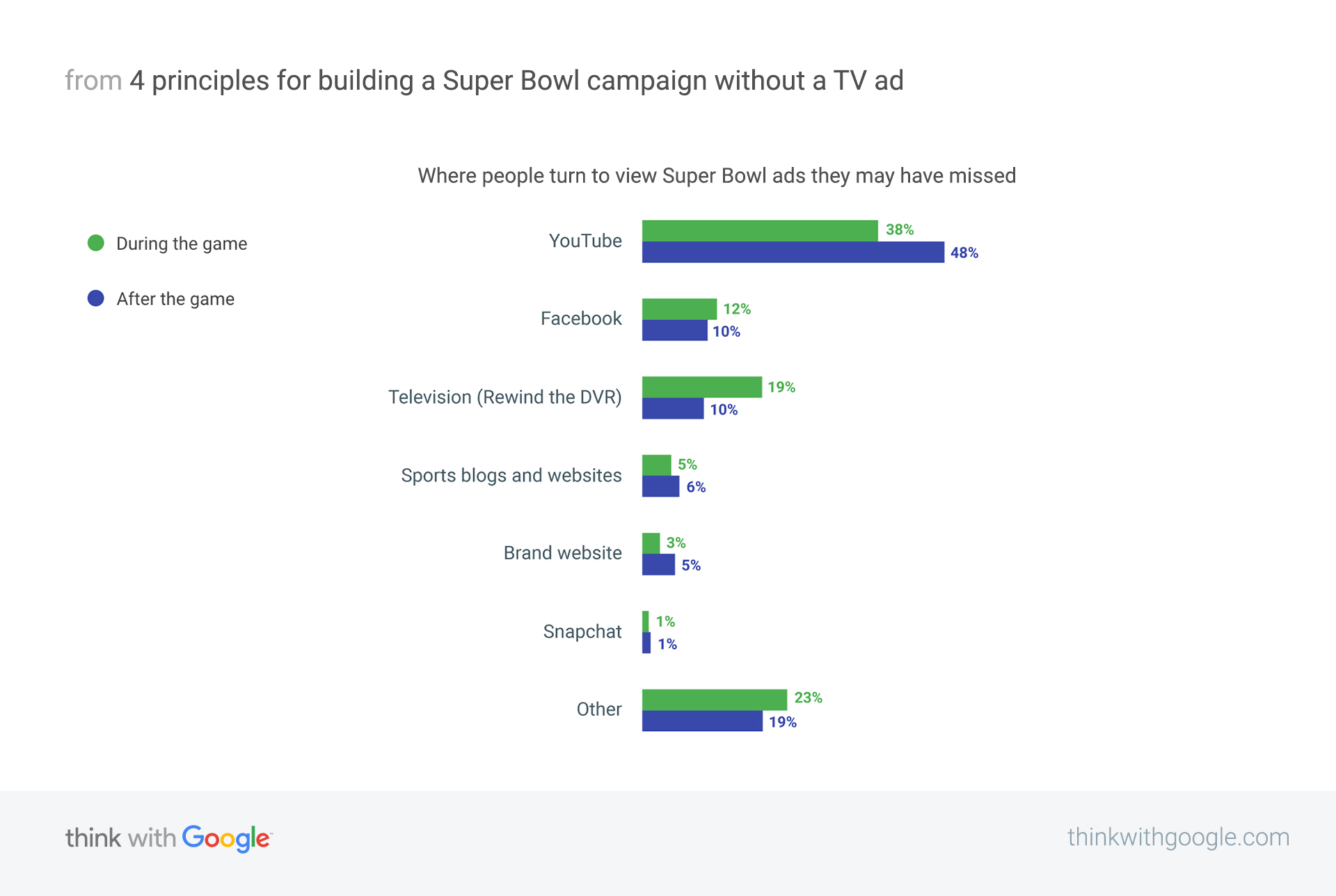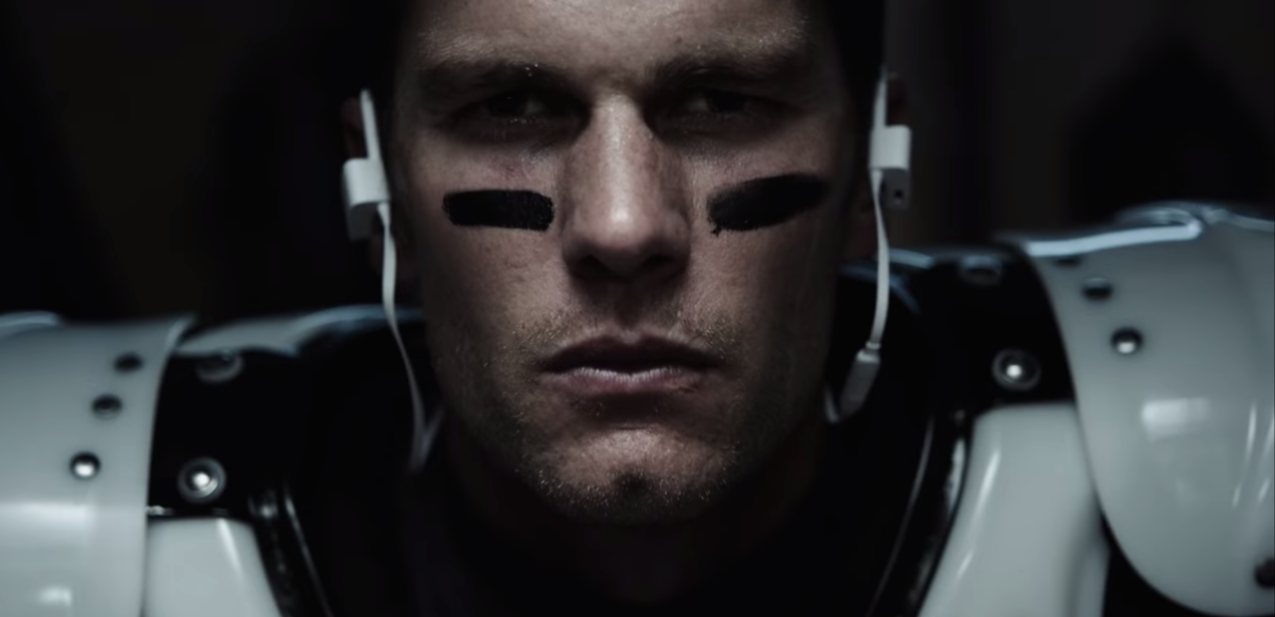If you’re looking to run a Super Bowl ad on TV, that will cost you a few million dollars. For the 2017 game, one second of Super Bowl air time cost advertisers $116,667. That’s a little more than pocket change for most brands.
Just because your brand doesn’t have a blockbuster budget for a Super Bowl TV campaign doesn’t mean there’s not a way to get in the game. Beats by Dre encountered this exact challenge when the Patriots won their way to the Super Bowl, and Tom Brady, Beats’ brand ambassador and Patriots quarterback, was set to be in the spotlight.
It was a last-minute opportunity that required Beats and its agency PMG to act quickly. Earl Hwang, PMG’s global brand strategy lead for Beats said, “Because we couldn’t have known months in advance that Brady would be in the Super Bowl, this campaign came together in just two weeks’ time. It was an opportunity to get scrappy and make something of such an opportune moment.”
Armed with the insight that TV isn’t the only place to find its audience on Super Bowl Sunday, Beats by Dre put together a Super Bowl campaign using YouTube and social media for this brand-building moment.
The campaign included several cuts of a theatrical Tom Brady hero video, which Beats and PMG quickly created just for the Super Bowl. The team also pulled together a media plan to promote the videos before, during, and after the game, driving viewers to the Beats YouTube channel where they could explore other Beats content—beyond that about Tom Brady.
Then began the work of mapping out different game scenarios—like if the Patriots won or lost, or if there was overtime—to create social posts ahead of time that the team could deliver as the action was unfolding.
As a result of its agile strategy, Beats saw almost a million views of its 2017 Tom Brady “#BeHeard” Super Bowl ad, with an average view duration of 97%. Here, Hwang shares the four principles Beats followed to build this successful online-only Super Bowl campaign.

1. Go where your people are
Beats’ top objective for its Super Bowl campaign in 2017 was to maximize reach without breaking the bank. To help identify the best media mix to achieve this goal, Beats and PMG started by taking a close look at the trends behind how live sports videos are viewed.
“We’ve seen a fundamental shift in how live sports content is consumed,” Hwang said. “Each and every day, more and more consumers cut the cord on sports and switch to various digital streaming options instead.”
When it comes to watching Super Bowl ads they may have missed, YouTube is where most viewers turn. “This insight led us to make YouTube our MVP for the Super Bowl moment, and amplify with posts on other social platforms,” Hwang continued.

2. Pick a single goal, make it your north star for building the campaign experience, then pick the right KPI to measure it
Beats approached its Super Bowl campaign as a brand-building moment, not a moment to drive sales. With that goal in mind, the team was careful to build campaign components that mapped to that. The idea behind the campaign was simply to shine a light on Tom Brady and strengthen the brand’s association with him.
“We weren’t trying to immediately sell Beats headphones,” Hwang said. “Instead, our focus was celebrating the Super Bowl—and Brady’s role in it—with other Brady fans, while highlighting Beats’ partnership with him. We wanted engaged views.”
Beats chose average view duration as the best KPI to measure success in this endeavor, and on YouTube they were able to achieve an average view duration of 97%.
3. Optimize, optimize, optimize
For all the anticipation leading up to Super Bowl, it’s a relatively fleeting moment that’s over in just four short quarters. With a finite amount of time to make an impact, it was all the more important for PMG to be ready to optimize quickly. On YouTube, they looked at watch time and audience retention metrics to inform their ad format mix and creative optimization.
“Very early on in the campaign, we looked at watch time metrics on YouTube and saw that only 62% of viewers watched the full first quartile of the hero video. Then we tested introducing the logo and the talent earlier in a new cut, which increased retention to 91%. So we used that cut instead across all platforms. In addition, we used YouTube’s audience retention metric to optimize our ad format mix. Looking at audience retention, we saw that the TrueView Discovery unit was our best driver of average watch time, so we quickly shifted budget there.”
4. Plan ahead so you can be nimble as a quarterback during the game itself
When time is of the essence (as it is with any live event), having scenario plans is key. No matter if it was going to be a win or a loss, having Tom Brady in the Super Bowl was an opportune moment for Beats to have a timely reaction. The faster they could react, the better. But fast reactions in the moment require plenty of pre-game preparation.
As Hwang put it, “You can never predict the outcome with live sports, but you can always build out various game plans to be ready no matter what happens. We had several social posting plans prepared so we could pivot our execution a number of different ways in real-time to match what just happened in the game. We were ready for anything, but got lucky. Serendipitously for both Brady and Beats, we got to activate our social posting strategy for the most exciting scenario we could have hoped for—the scenario of Tom Brady leading the Patriots to victory, with the biggest Super Bowl comeback in history.”
Scrappiness for the win
Beats by Dre was able to get in the game this year without running a Super Bowl TV spot. The brand followed its audience to where they engage with Super Bowl ads most, designed the right user experience for the right KPI, optimized quickly, and planned ahead to stay nimble during the game itself.
And the team was thrilled with the results: “The targeted reach, efficiency, and quality views we got from YouTube far surpass those which we could have gotten from TV for our spend–especially for the Super Bowl,” Hwang said.
Published on Think With Google by Ekaterina Petrova



